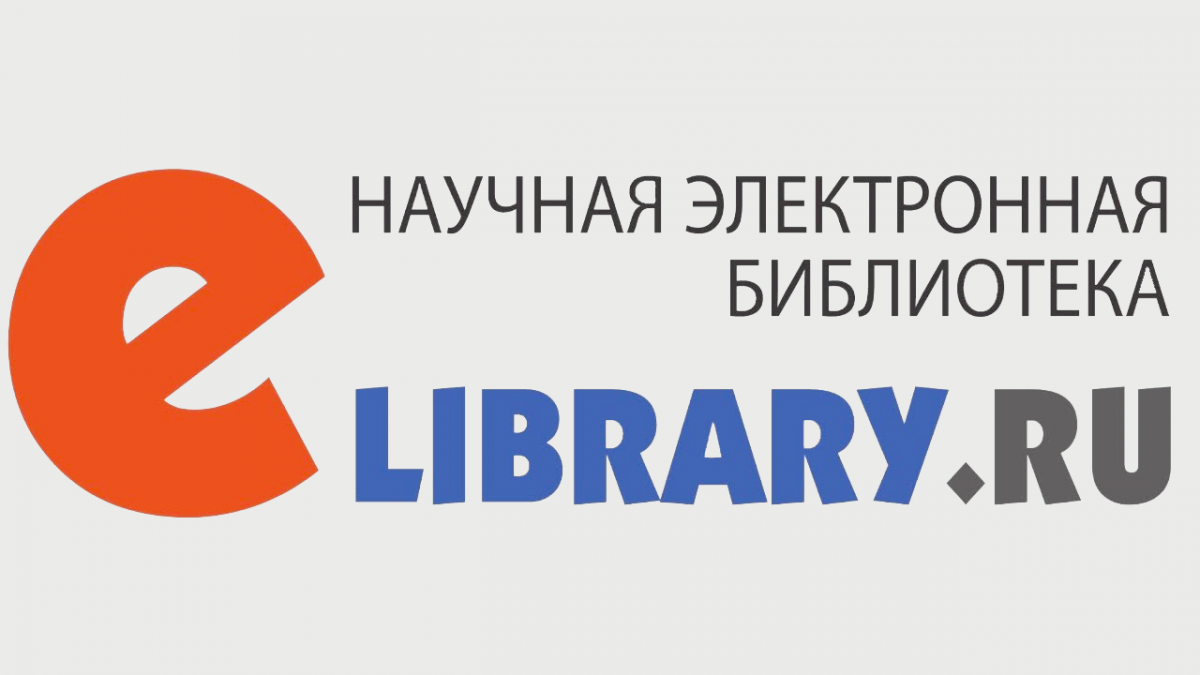Planning training loads of different orientations for young swimmers based on their special physical working capacity rates
ˑ:
PhD, Associate Professor Yu.L. Voitenko1
Dr.Hab., Professor V.P. Solomatin1
1Russian State University of Physical Education, Sport, Youth and Tourism (SCOLIPE), Moscow
Objective of the study was to analyze the age-related changes in the aerobic and anaerobic working capacity rates in junior swimmers, as well as identify the correlation between these indicators and the volumes of training loads of various orientations.
Methods and structure of the study. The subjects’ aerobic and anaerobic working capacity was rated by means of a step load test in the water tunnel. During the testing, the following gas exchange indicators were registered: pulmonary ventilation rate (VE), oxygen consumption rate (VO2), "non-metabolic excess" of carbon dioxide (ExcCO2), as well as the acid-base parameters of the blood: pH, excess buffer base (BE). Based on the test results, we calculated the critical and threshold swimming speeds.
Sampled for the study were the 11-15 year-old swimmers having different sport qualifications: from Class III to Master of Sports.
Results of the study and conclusions. It was found that, when planning the total volume of swimming and the volume of training loads of various orientations, we should primarily focus on the level of development of maximum aerobic and anaerobic potentials, where MOC and pH of the blood can be the determining indicators.
When forming training groups, it is necessary to consider both the age differences and training experience, as well as the differences in the individual level of development of aerobic and anaerobic capacities of young swimmers.
Keywords: junior swimmers of various ages and qualifications, aerobic and anaerobic performance working capacity, performance criteria, ratio of training loads of different orientations.
References
- Bulgakova N.Zh. Otbor i podgotovka yunykh plovtsov [Selection and training of junior swimmers]. M.: Fizkultura i sport publ., 1986. 191 p.
- Vorontsov A.R., Chebotareva I.V. , Solomatin V.R. Metodika mnogoletney podgotovki yunyih plovtsov: metodicheskie rekomendatsii [Long-term training methodology for junior swimmers: guidelines]. NRIPC publ.. M., 1990. 49 p.
- Solomatin V.R. Individualny podhod i osnovyi postroeniya trenirovki v sportivnom plavanii v vozrastnykh gruppakh [Individual approach and basics of training process design in competitive swimming in age groups]. M.: Fizicheskaya kultura publ., 2008. 168 p.
- Solomatin V.R. Postroenie trenirovki yunyih plovtsov na osnove ucheta vozrastnyih zakonomernostey biologicheskogo razvitiya [Training process design for junior swimmers based on age-related patterns of biological development]. Novye issledovaniya. 2010. no. 1 (22. pp. 110-117.
- Timakova T.S. Mnogoletnyaya podgotovka plovtsa i ee individualizatsiya (biologicheskie aspekty) [Long-term swimmer training and its individualization (biological aspects)]. M.: Fizkultura i sport publ., 1985. 144 p.

